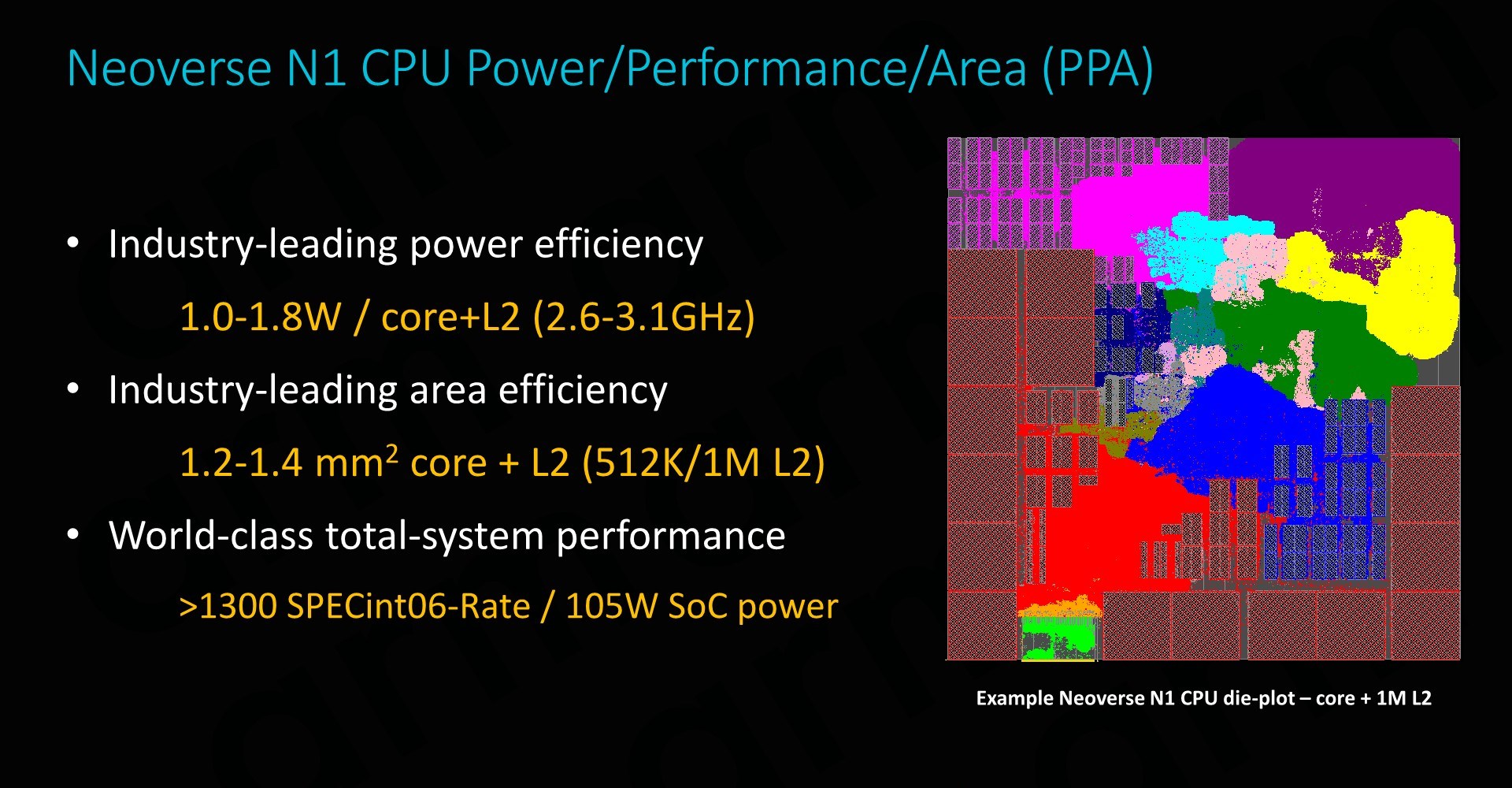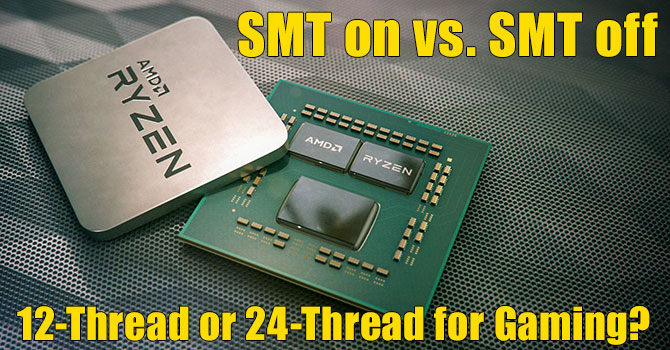SPECint2006
A77 at 2.6 GHz is estimated to be about 31.66 (
link)
3900X at 4.6 GHz is 52.12 (
link)
EPYC 7742 at 3.4 GHz is 41.9 (
link)
= A77 IPC per GHz is 12.18
= 3900X IPC per GHz is 11.33
= EPYC 7742 IPC per GHz is 12.32
Let's call it even.
That's a huge jump. Assuming one can just build out an A77 to perform in real, actual multithreaded applications in the laptop/desktop/HEDT market, which has never, not once, ever been done.
That's just entirely untrue.
1) Disabling SMT has a very small performance difference in single-threaded applications
2) SMT vs non-SMT tests show that SMT cores achieve somewhere between 54% and 82% of what would be expected from the addition of a true extra core (heavily threaded apps including wPrime, CBR20, Blender, Corona, Keyshot, MySQL, 7z-decompression are all used in this calculation). On average, an SMT core is worth about 66% of a real core.
| 3900X | SMT off | SMT on | 12c/12t per-thread score | 12c/24t per-thread score | Expected 24c/24t time/per-thread score | % of expected for added threads |
| wPrime | 82.39 | 56.59 | n/a | n/a | 41.195 | 62.63 |
| CBR20 | 5553.2 | 7260.3 | 462.767 | 302.512 | 462.767 | 65.37 |
| Blender | 229.79 | 156.92 | n/a | n/a | 114.895 | 63.42 |
| Corona | 176.8 | 129 | n/a | n/a | 88.4 | 54.07 |
| Keyshot | 208.4 | 303.6 | 17.367 | 12.650 | 17.367 | 72.84 |
| MySQL | 220741 | 277754 | 18395.083 | 11573.083 | 18395.083 | 62.91 |
| 7z-decomp | 53722 | 88438 | 4476.833 | 3684.917 | 4476.833 | 82.31 |
| | | | | Average | 66.22 |
So we can derive expected performance of an virtual cores when compared to real cores, as (# of real cores) + (# of virtual cores * 0.5 * 0.66).
E.g. if we are comparing 3900X with SMT disabled to a 3600 with SMT on, assuming both are clocked the same:
3600 (6c/12t) relative performance to 3900X (12c/12t) = 6 + (12 * 0.5 * 0.66) = 9.66 "real" cores vs 12 real cores
So it's not a 50% performance hit. It's more like a 1 - ( 9.66 / 12 ) = 19.5% performance hit compared to using real cores.
You're shoving Zen2 WAAAAAY up the voltage-frequency curve from 4.2 GHz (4800H, for example) to 5 GHz while pushing A77 DOWN the voltage-frequency curve from 2.6 to 2.5 GHz. That's unfair when you're wanting to compare power consumption.
If we just take them as they are, and assume the A77 scales up to 16 cores perfectly:
Zen2 = ~11.8 (12.3 + 11.3 / 2) IPC / GHz score
A77 = ~12.2 IPC / GHz score
Renoir 4800 at 4.2 GHz = 11.8 * 4.2 = 49.56 for each core
A77 i at 2.6 GHz = 12.18 * 2.6 = 31.66 for each core (as per the above)
Since we know from my above calculations that enabling SMT only results in a 20% performance hit compared to using a real core, we can easily extrapolate this out.
Renoir 4800 = 49.56 * (8 real cores) + (16 virtual cores * 0.5 * 0.66) = 658.16
A77 i = 31.66 * 16 real cores = 506.56
Renoir performance per thread lead would be 30% even though half of those threads aren't even "real" cores!
Summary: You have overestimated the penalty for using SMT, and then misapplied it.
As for power consumption, 4800 has a 10-45W TDP. I don't know what a 16 core A77 i would have in power consumption. But if we match it up against a 4800U at 10 watts TDP, I doubt a 16 core A77 would have the 2 watt TDP it would need to quadruple efficiency.




